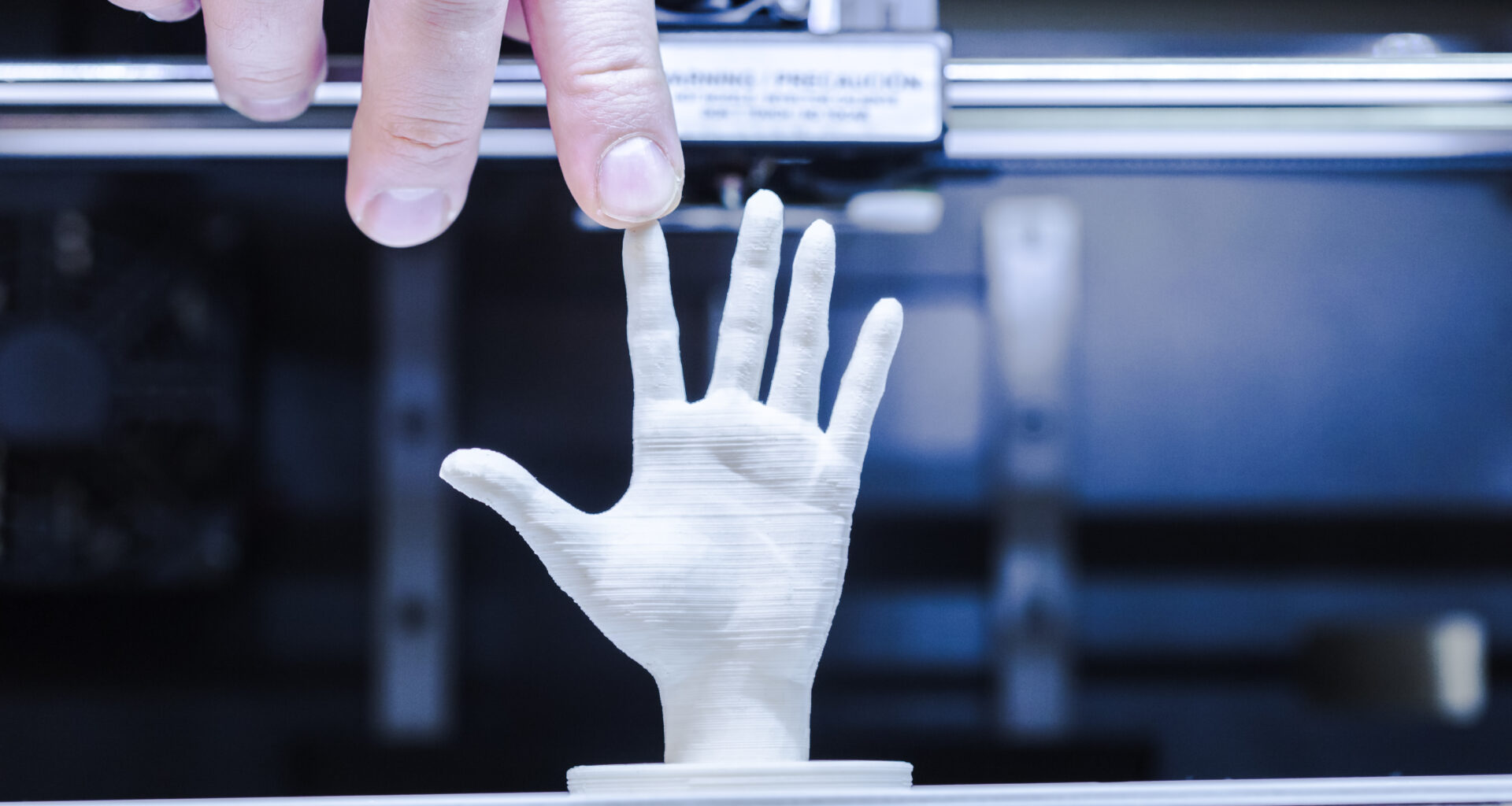The Biological Printing Frontier
Bioprinting represents the most revolutionary application of 3D printing technology in medical science. This cutting-edge technique involves creating living tissue structures layer by layer, using specialized bio-inks composed of living cells, growth factors, and supportive biomaterials.
Advanced Bioprinting Techniques
- Extrusion-based bioprinting
- Laser-assisted bioprinting
- Inkjet bioprinting
- Stereolithographic bioprinting
Current breakthrough areas include:
- Skin tissue reconstruction
- Bone and cartilage regeneration
- Functional organ prototype development
- Personalized tissue engineering
Prosthetic and Orthotic Innovations
3D printing has transformed prosthetic design, enabling:
- Fully customized limb replacements
- Rapid prototyping of adaptive devices
- Significantly reduced production costs
- Complex geometries impossible with traditional manufacturing
Child prosthetics benefit dramatically, with 3D printing allowing quick, affordable replacements as children grow. Custom-fit prosthetics can now be produced in days instead of weeks, dramatically improving patient outcomes.
Surgical Planning and Medical Education
Advanced 3D printed anatomical models provide unprecedented surgical preparation capabilities:
- Exact patient-specific organ replicas
- Surgical technique practice
- Complex procedure visualization
- Medical student training models
Surgeons can now:
- Rehearse complicated surgeries
- Understand unique patient anatomies
- Develop precise surgical approaches
- Reduce operational risks
Dental Applications
The dental industry has been revolutionized by 3D printing technologies:
- Custom dental implants
- Precise crown and bridge manufacturing
- Orthodontic alignment tools
- Rapid denture production
- Surgical guides for dental procedures
Digital scanning combined with 3D printing allows for millimeter-precise dental reconstructions, dramatically improving patient outcomes and reducing production times.
Pharmaceutical Applications
3D printing is transforming medication production:
- Personalized medication dosages
- Complex drug release mechanisms
- Patient-specific pill formulations
- Rapid pharmaceutical prototyping
Researchers are developing 3D printed pills with:
- Precise chemical compositions
- Customized release profiles
- Unique geometric designs for controlled absorption
Challenges and Future Perspectives
Current limitations include:
- High equipment costs
- Complex regulatory approvals
- Material limitations
- Scaling production challenges
Emerging research focuses on:
- More advanced biomaterials
- Improved printing resolution
- Enhanced cellular viability
- Faster printing technologies
Ethical and Regulatory Considerations
The medical 3D printing field faces significant ethical challenges:
- Patient data privacy
- Regulatory compliance
- Standardization of medical 3D printed products
- Long-term safety assessments
Economic Impact
The medical 3D printing market is projected to reach:
- $3.5 billion by 2025
- Compound annual growth rate of 17.5%
- Significant job creation in medical technology
Emerging Technologies
Cutting-edge research explores:
AI-assisted design optimization
4D bioprinting with time-responsive materials
Stem cell printing techniques
Nano-scale tissue engineering




